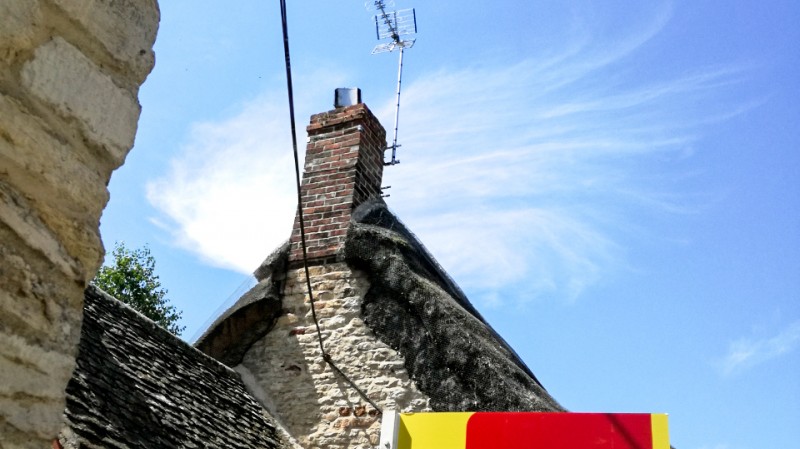You are here: How do I maintain my gable walls and flank walls?
Two support parts of your home are particularly important when it comes to holding it up and they are equally susceptible to damage. The flank wall, which is either side of a detached house or at the end of a terrace or semi, and the gable, which sits above it within the slant of the roof, often take the brunt of the bad weather, and are frequently more difficult to access. Builders have long prioritised making efficient use of any plot, requiring them to site houses close together, often with just a narrow path between them. This can act as a funnel for wind and rain, while making the flank wall and gable difficult to access, inspect and maintain.

Protecting the gable end
Whether tiled, thatched or flat, your roof is well protected, but the same can’t always be said for the gable end. Any render applied to it will need replacing over time as it first gets dirty and, eventually, cracks and flakes. Brickwork, too, may weather badly when subjected to damp and, without being in direct sunlight, takes longer to dry.
However, as the Designing Buildings Wiki points out, a well-designed gable ‘should be capable of preventing water from entering the intersection between wall and roof. This can be done by carrying the roof out over the top of the end walls, or by raising the end walls above roof level to form a parapet capped with a waterproof coping.’
The Wiki also warns that, in areas susceptible to high winds, which are becoming more common across the UK, and particularly on the western side of the country, a gable may be inappropriate, since it takes the full force head on, where the sloped face of a roof would otherwise have been able to deflect it.
While there is no quick fix to the problem of prevailing winds, gable ends are easily protected through the use of UPVC fascia boards, which are available in plain white, coloured or imitation wood finishes. In many cases, this will be a fit-and-forget fix, lasting up to 20 years – almost as long as the average British homeowner spends between moves. Where timber fascia boards are already in use and in good condition, cover boards, which overlay the wooden originals to protect them from the elements, could be used instead.
Remedying flank wall problems
It is not uncommon for flank walls to bulge or bow in older properties. There is a range of reasons, as noted by the Architects’ Journal, including inadequate connections to inner walls and floors and sulphate attack of the masonry. “However, sometimes the cause is deep-seated within [a] terrace, due to the lesser-known ‘bookend effect’, whereby longitudinal expansion of the terrace thrusts the end-of-terrace properties sideways as a whole, including their flank walls.”
This bookend effect, in which the walls at either end of a building fall outwards like books at the ends of a shelf, can cause problems elsewhere in the building, like gaps around windows and doors. If you see these developing, it is worth checking the walls to see if they are related.
While serious, bookend problems can be remedied, either by inserting vertical joints, or by running restraint ties horizontally through the wall to prevent further movement by securing it to a floor structure.
Alternatively, and particularly where hiding the fix isn’t an imperative, architectural tie bars can make a feature of the home’s age, preventing further lateral movement while providing a point of interest within the building. Such remedies can help with that all important stability while adding character to period properties that have been renovated with a modern twist.
If you are looking to make some home improvements, you may find some of these services useful
Builders
Find local help with a building project
Building Regulations
Find details of local experts who can help with Building Regulations
Architectural Design Services
Find local Architectural Design experts
Structural Inspections
Find an expert to carry out a structural inspection
Building Surveys
I want a local surveyor to do a Building Survey for me
Choose which Architectural service you require
If you are not sure which service you require, check out the options available...


